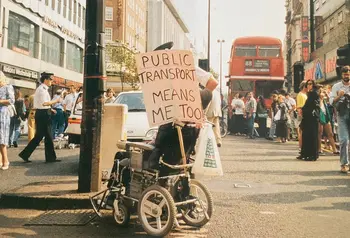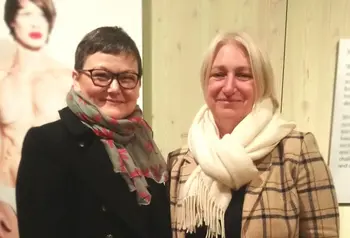Sharing radical heritage demands a radical approach

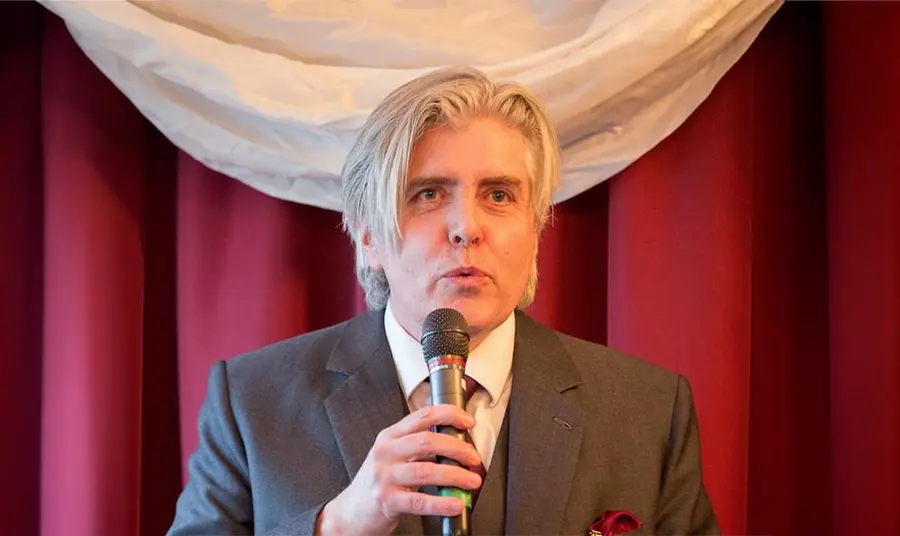
Right now I’m leading a project to create an archive for the disability rights movement. Thanks to £840,000 in support from the Heritage Fund, we’re engaging new generations with the inspiring story of how the disabled community fought for the right to be fully included in society (and to some degree won).
Shape Arts is a disability-led arts organisation which works to improve access to culture for disabled people, known for successes like the National Disability Arts Collection and Archive (NDACA).
Our current project, the National Disability Movement Archive and Collection (NDMAC), will be making a splash in late 2025 to coincide with the 30th anniversary of the Disability Discrimination Act.
This Disability History Month I’d like to share my perspective on why disabled people’s heritage is so powerful at reaching new audiences.
The history of political activism is a perfect fit for our social media age
What we’re doing in collecting the disability movement’s heritage is capturing the story of a political movement that changed the law, achieved great things and created great culture.
We’ve already reached eight million people with the NDACA project because the story of the disability arts movement – and the way we tell that story – is fresh and genuine and responds to the age we’re in. We’ve been spontaneous and taken a radically digital campaign approach to engaging people with stories of action and resistance, because that’s what cuts through and speaks to younger generations. The pithy slogans of campaigners in the 1990s like ‘piss on pity’ connect in particular with those born-digital online users who use social media like it’s an extra limb!
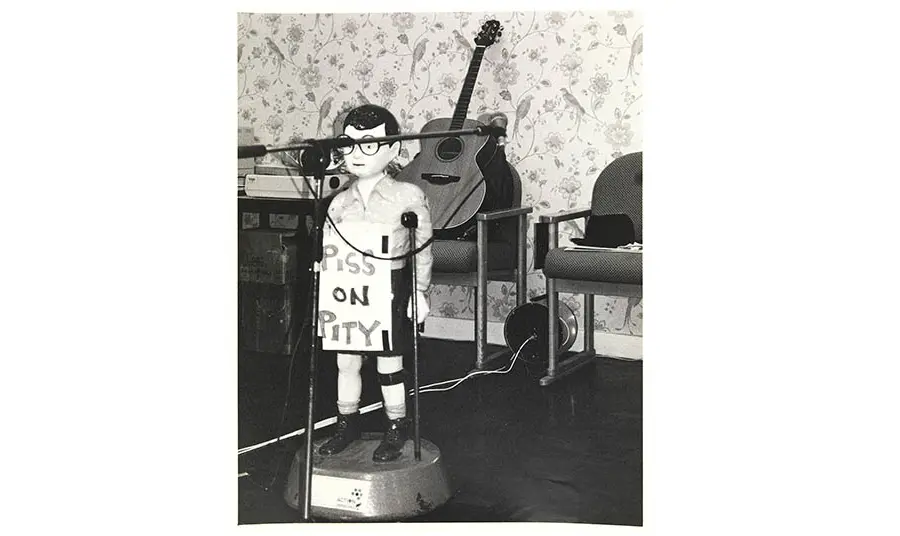
Why does the NDMAC project to remember a 30-year-old fight for rights resonate with young generations today? I think nostalgia for the analogue age has some part in it, but the biggest factor has got to be that it’s a story of success. It shows that you can change the world for the better. My view is that if the crips can change the world, so can everyone! (I choose to use that term, crip, as a way of reclaiming its power and expressing my pride in being part of the disability activist community.)
Sharing stories that connect with people
As well as rapid, spontaneous storytelling through social media, we’ve also had success in our experiments with ‘slow movement’ filmmaking. We created 30 films from interviews with people talking about their experiences of the disability rights movement, which we filmed at their own pace and left largely unedited. It feels like you're sitting down for a chat with them, and people quickly made an emotional connection with the interviewees (even though these films could stretch to hours!).
We also went on a road trip, taking a van full of scanning equipment around the country to record disability activists' stories of hope and resistance, and their attics full of physical objects and documents. In digital formats it’s so much easier to share these stories online with everyone.
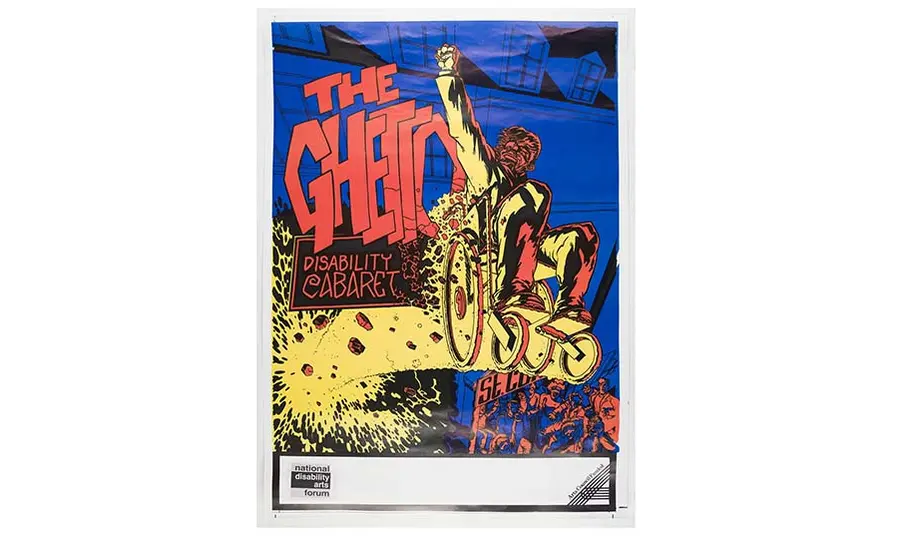
Disabled people’s experiences tell powerful stories of hope
Why does the politics of the past matter, disabled people say to me, when the politics of today should demand all our attention? Isn’t it ironic at best, a sick joke at worst, to be celebrating the stories of a previous generation of campaigners when life is hard for many people with disabilities? We fought for the bus to be accessible, but now some of us struggle to afford it.
Simply put, it’s about hope. It does sometimes feel dissonant to tell a story about disabled people’s empowerment when some people today are struggling to cope, but we need to do it.
We need to tell people about how disabled people changed the world because we need powerful stories to inspire future generations. And if we don’t record those stories now, they’ll be lost forever.
Get funding to protect and share disability heritage
At the Heritage Fund, we are committed to involving a more diverse range of people in heritage, and helping organisations to remove barriers to access and participation.
Take a look at inspirational projects we’ve funded run by disabled people or delving into the history of disability in the UK.
About David Hevey
David Hevey has decades of lived experience of disability and is a wide-ranging and prolific arts and culture professional. As a photographer, filmmaker, CEO, artistic and project director, he uses art and creative media as a vehicle for social change.
- Views expressed in the blogs we publish are those of the authors, not necessarily of the Heritage Fund.
